During Operation Market Garden in September 1944, one of the main American units to participate was the 101st Airborne. The men and equipment of the division were dropped into Holland via C-47 transport aircraft and towed gliders, between the towns of Veghel, Zon and Best, north of the city of Eindhoven. In contrast to the preemptive nighttime landing that the division had participated in during the D-Day landings, Operation Market Garden called for a massed daylight drop over enemy-controlled territory. The men of the 101st, like the other paratrooper groups dropped into Holland as a part of the "Market" portion of the operation, were tasked with capturing key roadways, bridges and intersections to allow the "Garden," or Allied armored, element of the operation advanced toward the Rhine River and the German border.
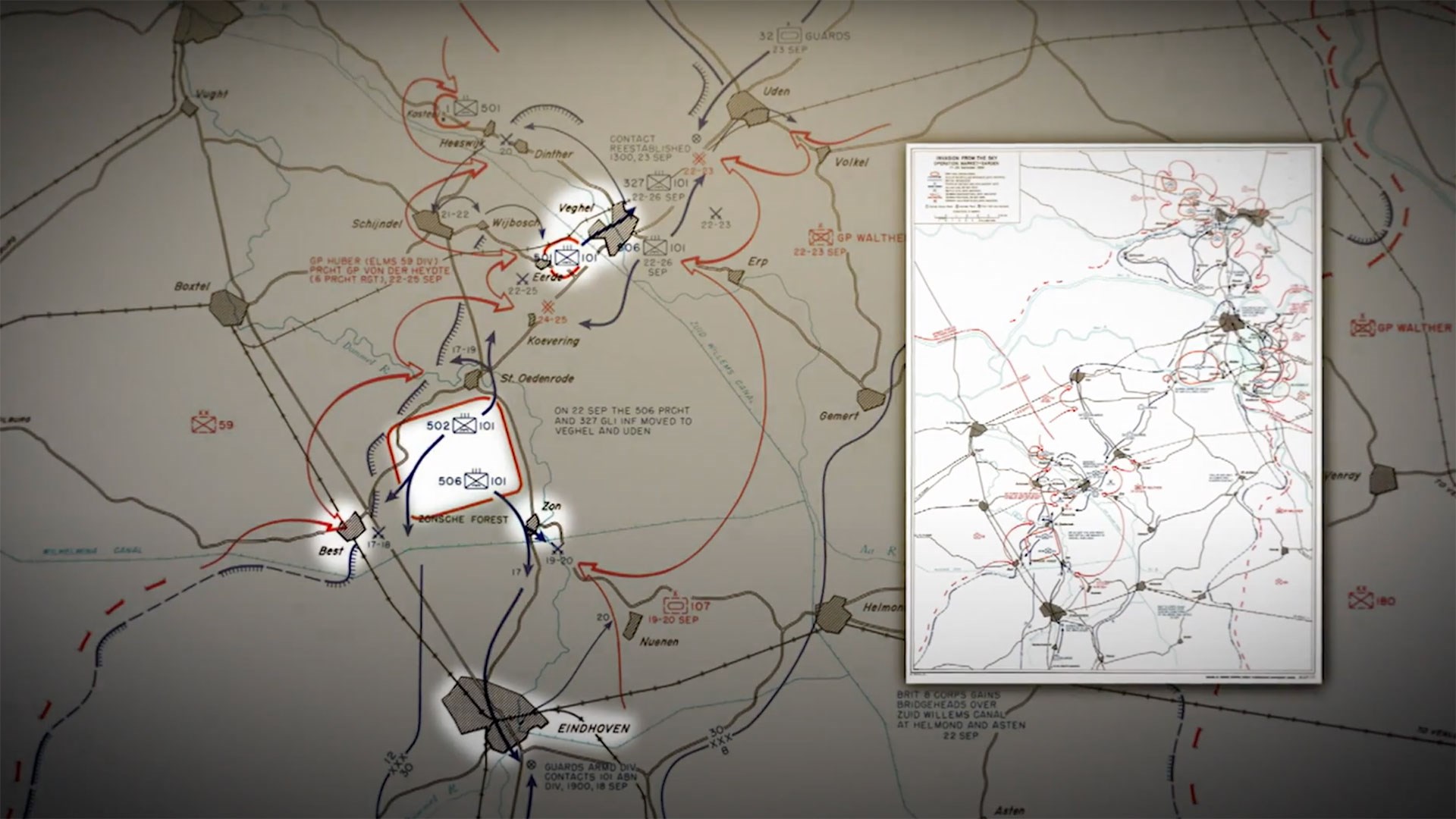
Despite the daylight operation, and the many difficulties the division had experienced during D-Day, the landing operations of the 101st on Sept. 17, 1944 went largely as planned, with the majority of men and equipment landing on the designed drop zones. Initially, they experienced lighter-than-expected resistance during the drop and managed to make great headway in securing the designated objectives. That would quickly change in the following hours, however, as the German defenders of the area quickly regrouped and began concentrated pushes against the Allied paratroopers. The men of the 101st Airborne fought off these counterattacks in with the best small arms the United States could provide at the time. This included the celebrated M1 Garand, which provided airborne riflemen with a distinct rate-of-fire advantage over the bolt-action Mauser 98k that was still standard in the German army. Other firearms included the folding-stocked M1A1 carbine, various versions of the Thompson submachine gun, the M1911 and M1911A1, along with the larger M1918A2 BAR and belt-fed M1919 air-cooled machine gun.
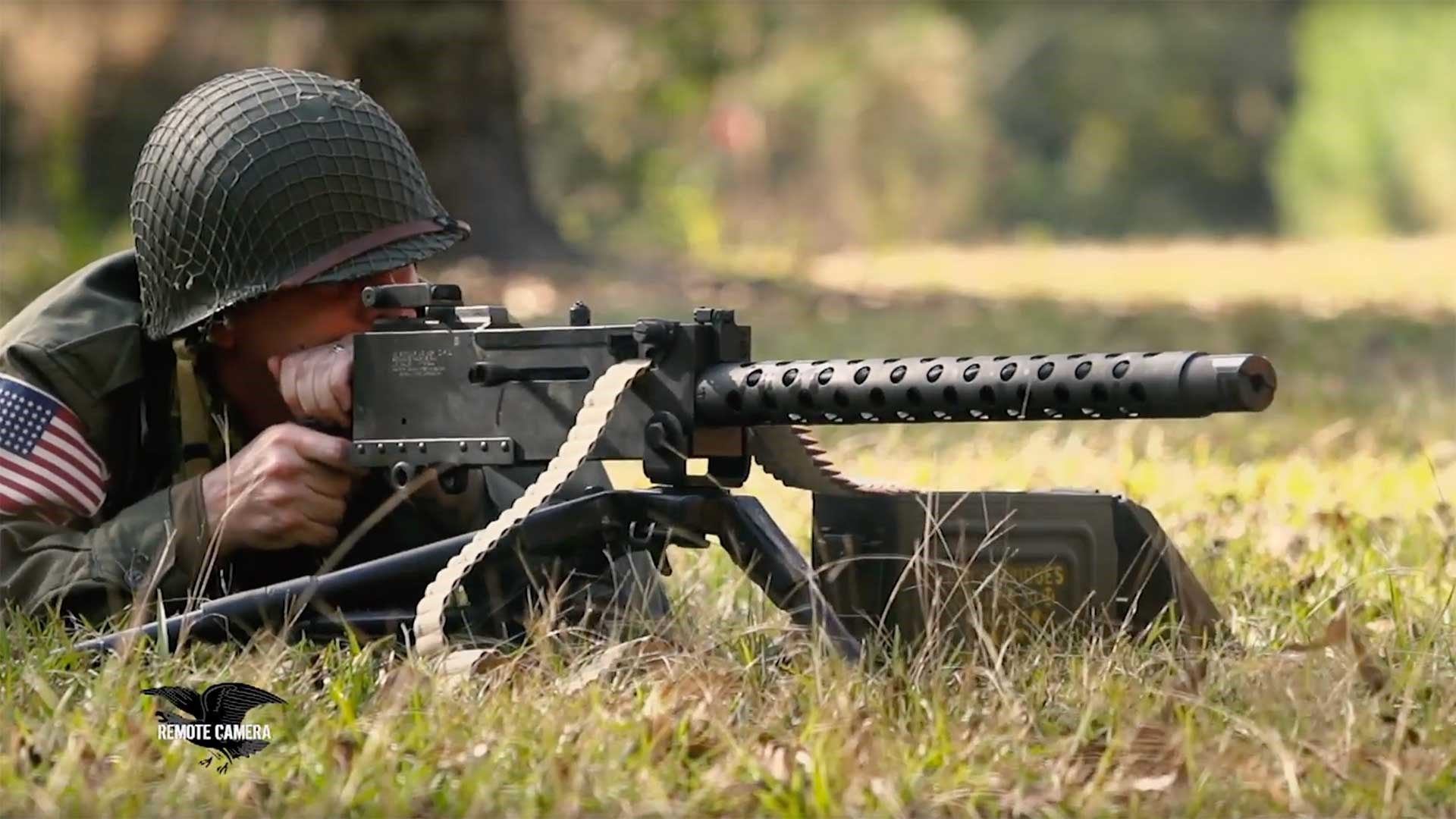
However, as proven from photos from the operation, the Springfield M1903 also saw use during the operation, despite having been officially replaced by the M1 as the standard-issue rifle since before the war. The reason for its presence had to do with rifle grenades. At the time, the M7 rifle grenade spigot launcher was still in development, as designers attempted to find a way for the M1 to project grenades without causing damage to the gas system. Since the M1903 has no gas system and there was an existing launcher for it, the World War I-era rifles were still seeing service as grenade-launching rifles in 1944. While the men who parachuted into Holland used the lighter, air-cooled M1919 machine gun mounted to the collapsible M2 tripod system, the older, water-cooled M1917 machine gun was also present, used by glider infantry who did not have as much of a weight limitation.
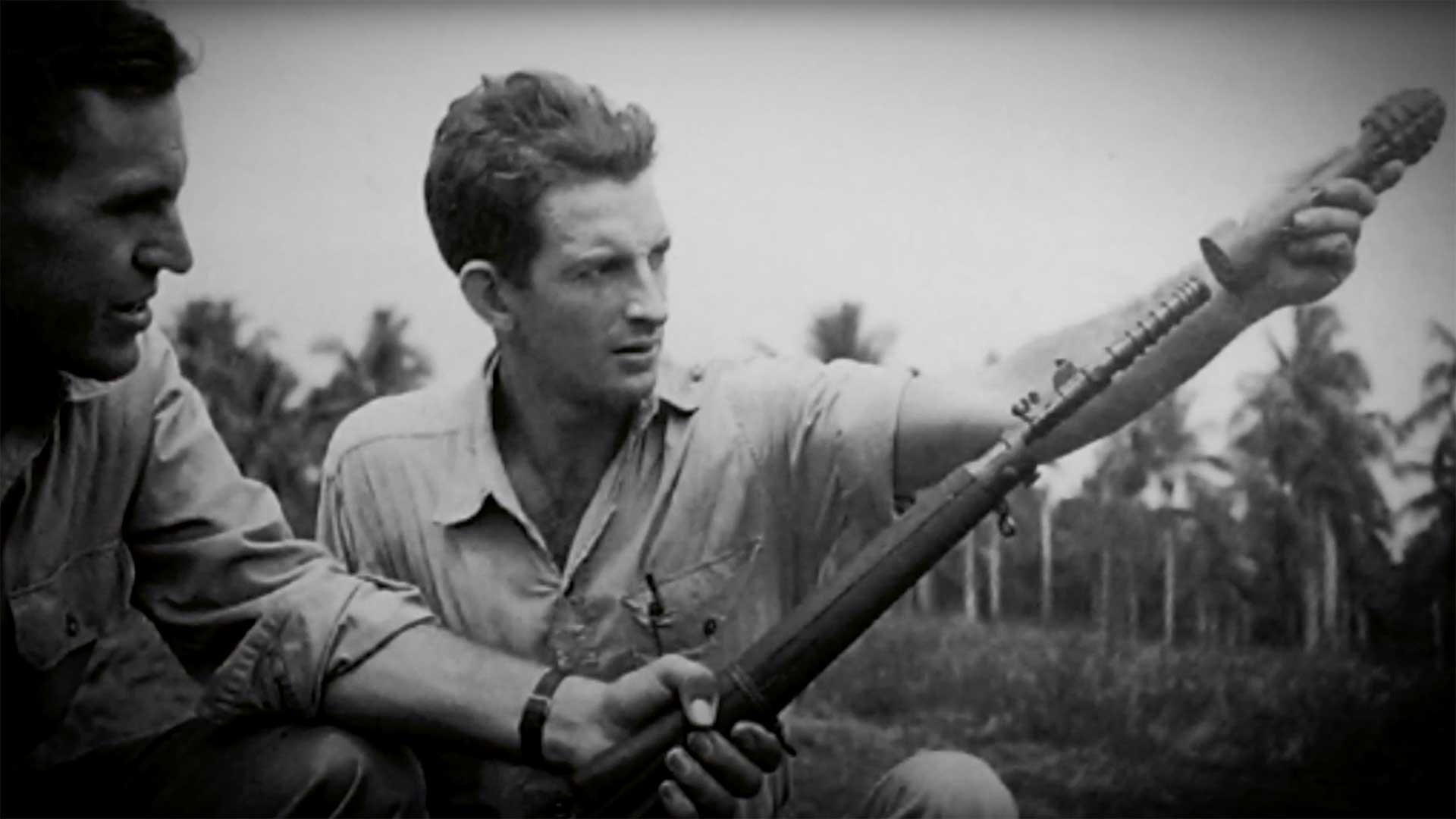
During the operation, the men of the 101st were given a warm welcome by the Dutch populace, who had suffered for years under the tyranny of German occupation and rule. This was especially felt as the men of the 101st liberated the city of Eindhoven, where the populace turned out in celebration of the end of Nazi control. Despite the fact that this would only be a temporary liberation, as the Germans would eventually retake the city, the presence of American troopers taking on the German invaders gave the Dutch people hope, even though the war would not end as quickly as the men involved in Operation Market Garden had hoped it would.
To watch complete segments of past episodes of American Rifleman TV, go to americanrifleman.org/artv. For all-new episodes of ARTV, tune in Wednesday nights to Outdoor Channel 8:30 p.m. and 11:30 p.m. EST.

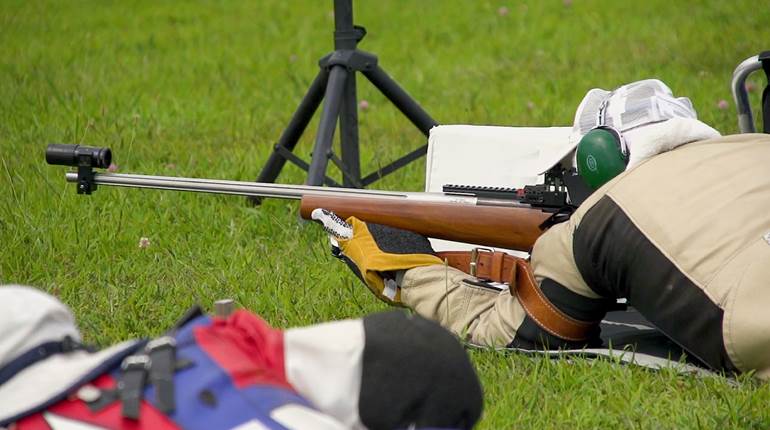
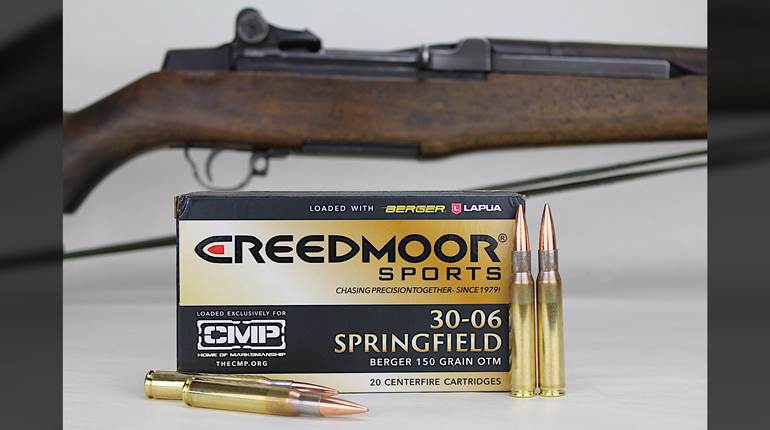







![Winchester Comm[94]](/media/1mleusmd/winchester-comm-94.jpg?anchor=center&mode=crop&width=770&height=430&rnd=134090756537800000&quality=60)
![Winchester Comm[94]](/media/1mleusmd/winchester-comm-94.jpg?anchor=center&mode=crop&width=150&height=150&rnd=134090756537800000&quality=60)











